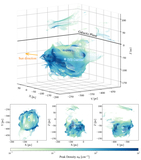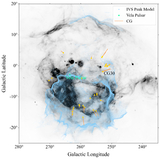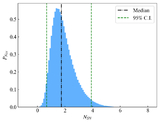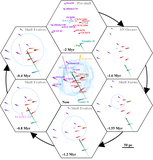Image Details
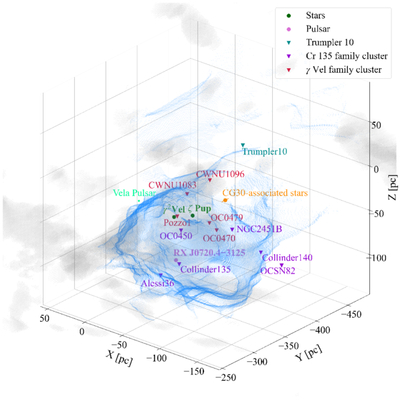
Caption: Figure 5.
The fiducial model of the IVS (based on the peak radius) alongside potential nearby sources of recent feedback: ζ Puppis, γ2 Velorum, the neutron star RX J0720.4-3125, and two sets of star clusters that belong to either the γ Vel family or Cr 135 family (see C. Swiggum et al. 2024). A group of young stars associated with the cometary globule CG 30 is marked in orange. The location of Vela pulsar (R. Dodson et al. 2003) is marked in light green. An interactive version of this figure using Plotly (Plotly 2015) is available here (https://annie-bore-gao.github.io/Images/IVS_interactive.html). The interactive plot allows users to zoom in, rotate the 3D view, and examine the detailed relative positions of each component. Additionally, the side panel provides checkboxes to toggle the visibility of individual objects, enabling a clearer visualization of specific elements in the figure.
An interactive version of this figure is available in the online article.
An interactive version of this figure is available.
An interactive version of this figure is available in the online journal.
Copyright and Terms & Conditions
© 2025. The Author(s). Published by the American Astronomical Society.




